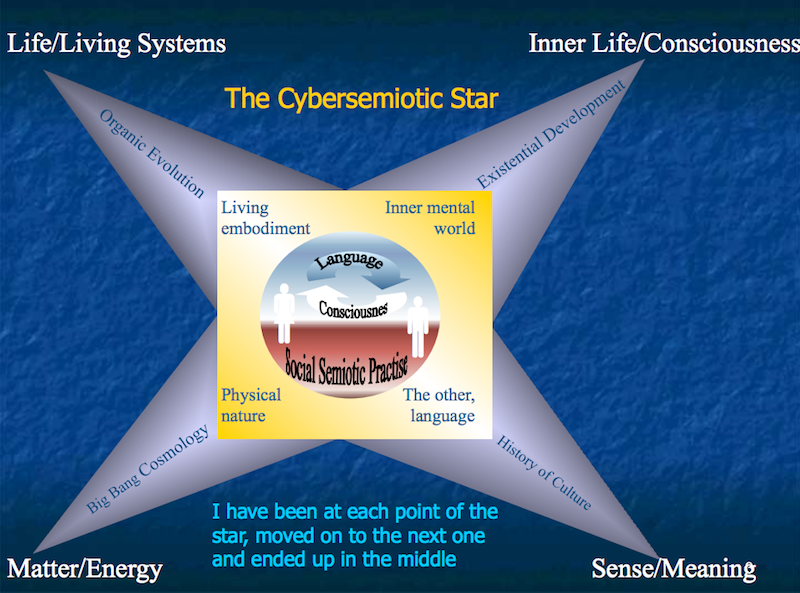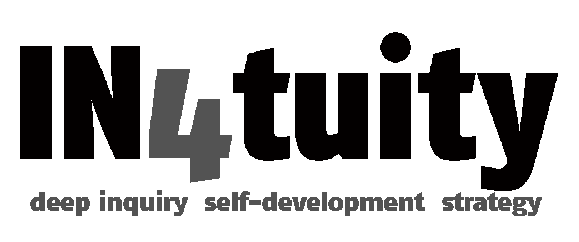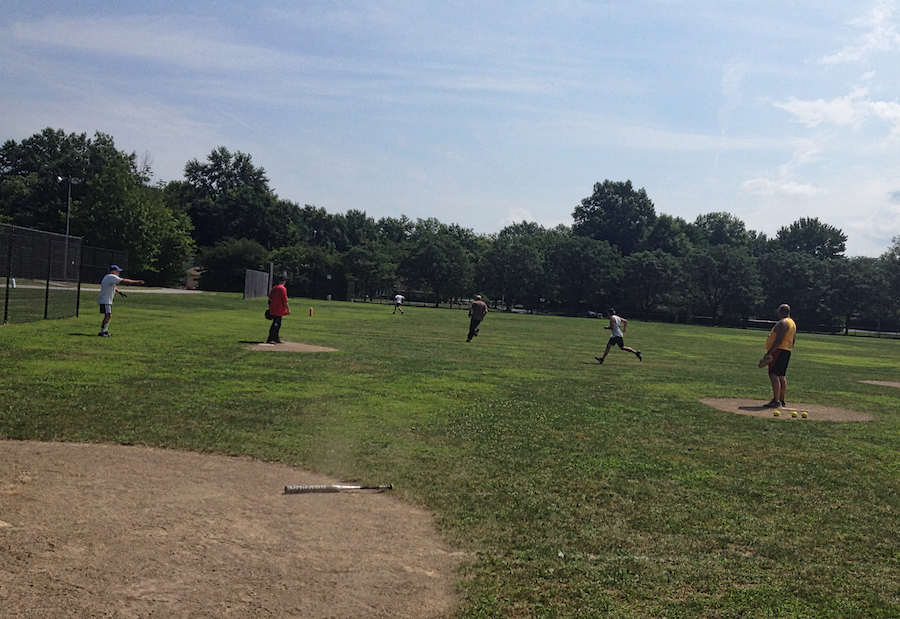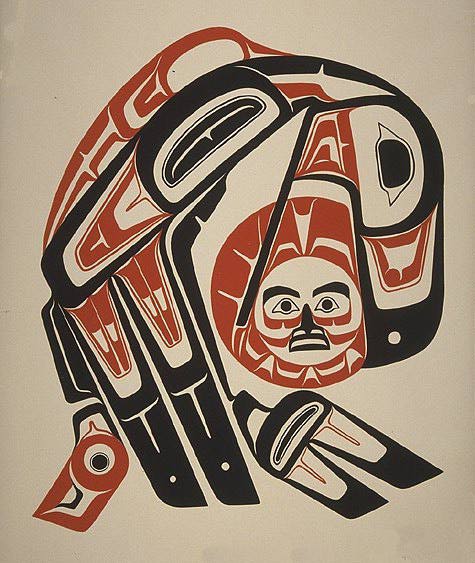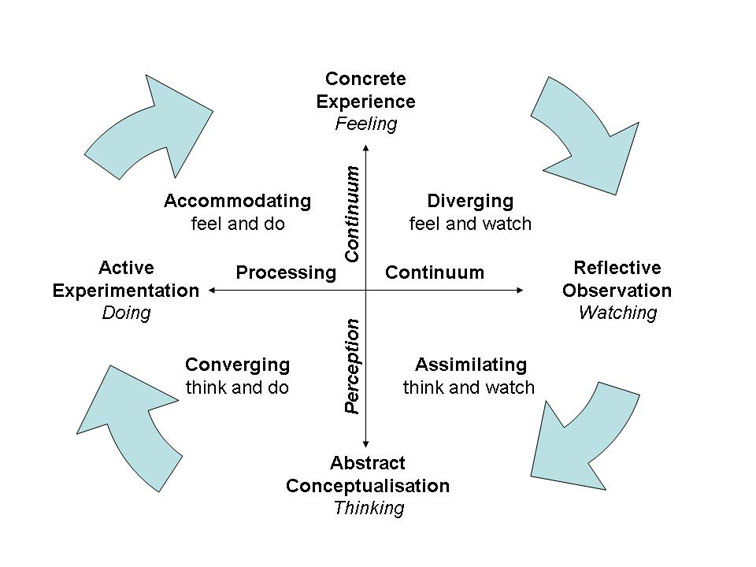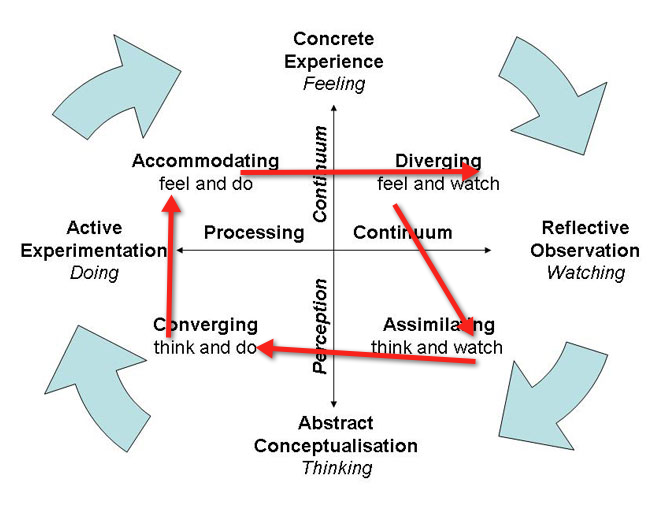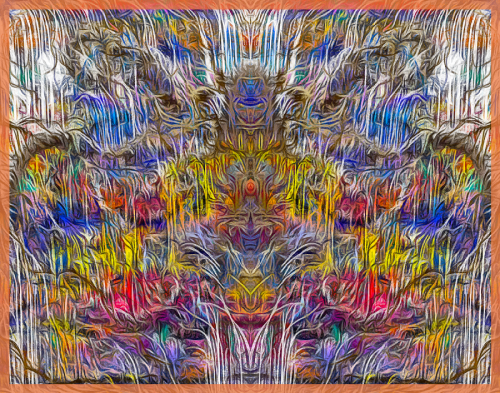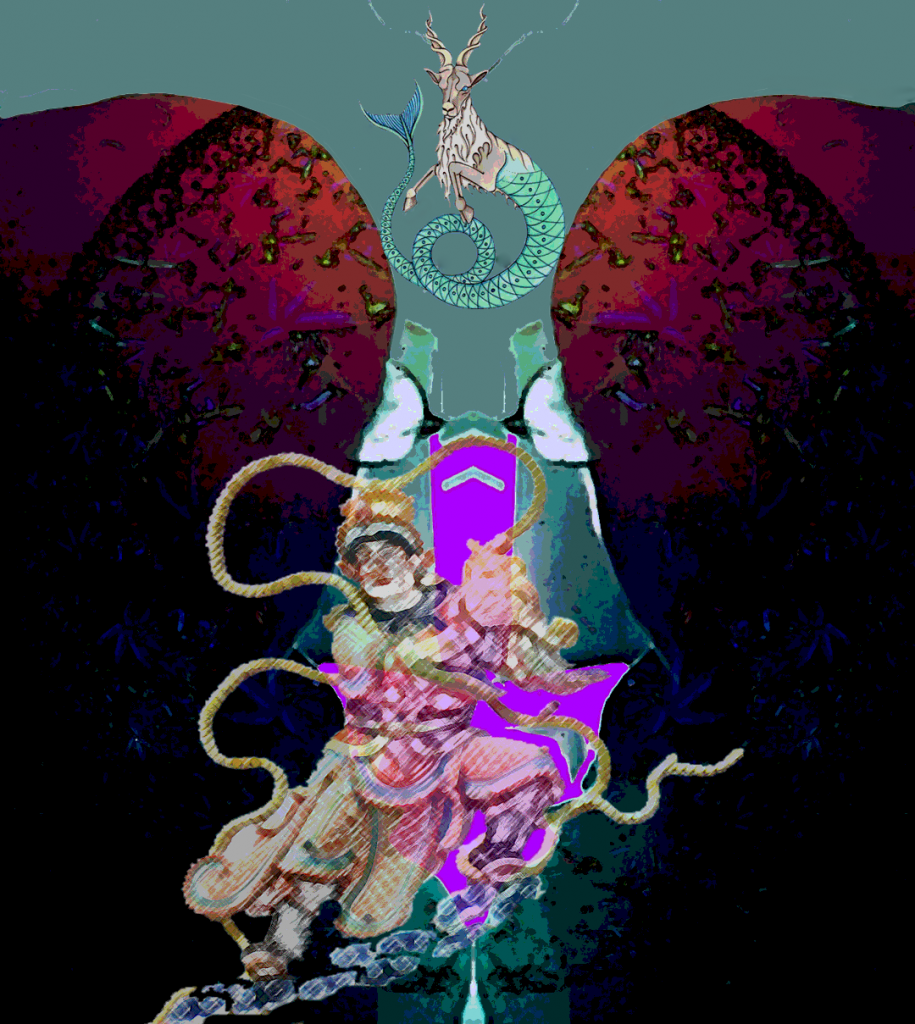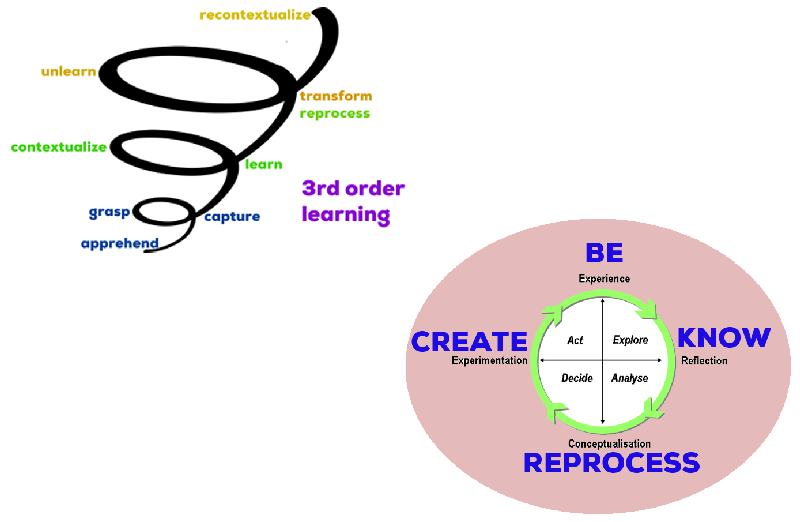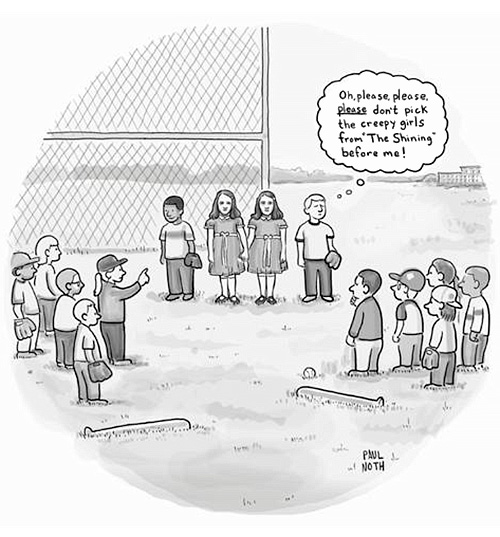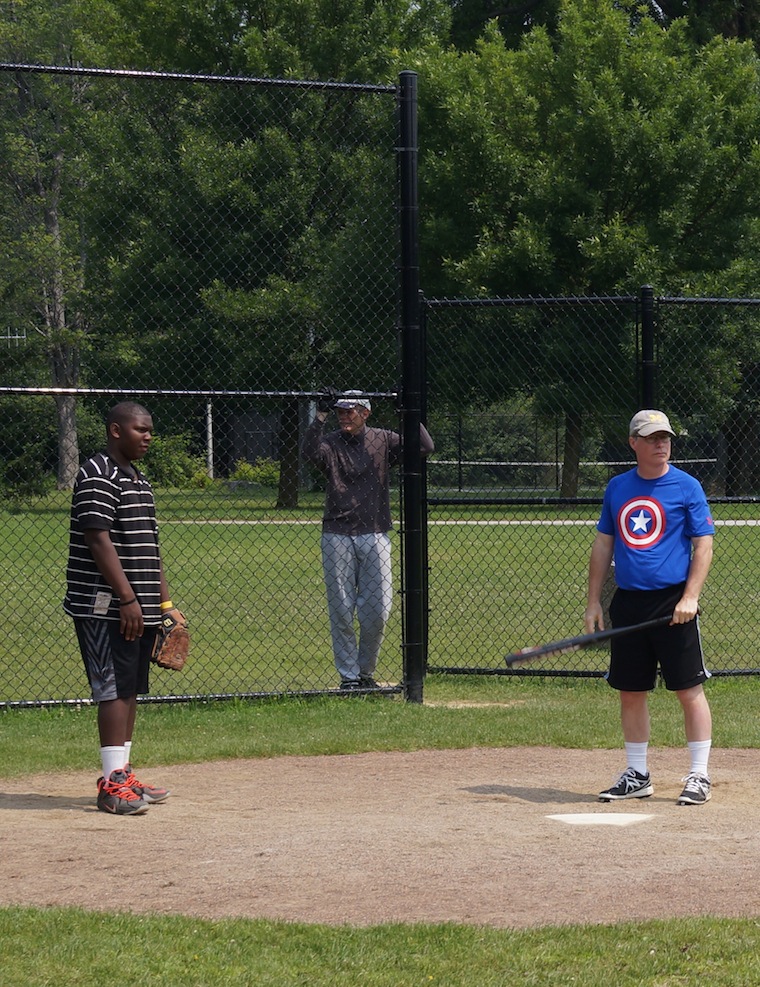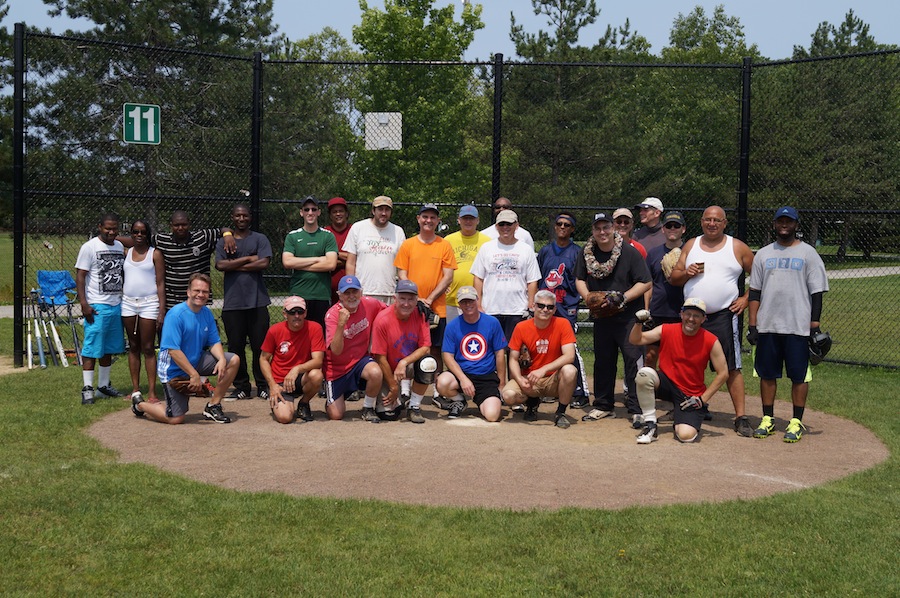
I have been reflectingintuiting over the past six weeks on my relationship with Ken Warren, and, the nature of active creative sustained depth-full relationship. This has been, is, almost a prototype of grief framed by bittersweet finality. This is both a ‘hard’ thing and a very good thing.
As I grapple with a phenomenology of deep relationship, very little of what I have been shaping over the last few weeks is inflected by interactions brought up and out from an ongoing relationship. I have been focusing on the unique qualities of my relationship with Ken. The implicit irony given by conceptualizing without solidarity is not lost on me at all.

This schema depicts one view of generalizations oriented to a foundational perspective. In turn, it is taken from the most basic interpenetrating levels, levels identified and discussed by Ken and myself. This schema represents the hand of deep relationship oriented to co-creative exploration, taken from the unique fingerprint of our relationship. Every deep relationship expresses a unique fingerprint.
In my view, the hallmark of deep exploratory relationship is that it is relationship founded by the transformation of instrumental relations into core depth orientation and action. Deep relationship is noetic.
Deep relationship is ironic in several crucial senses. First, such relationships demand what I term ‘open time’ orientation for the sake of turning away utility, and turning toward exploration. This further means that deep exploratory relationships are not mainly normatively useful. Secondly, exploration itself requires ‘heuristical’ flex within the open time modality; and this is instigative of the negotiation and transit and transfer of meanings, and the recursive chatter which soon enough finds any granted perspective to be ‘ironic’ in the given relation to some other perspective.
Ken and I cycled through this second aspect precisely in the way that the, his, foreordained could encompass both traditionalism and naturalism whereas, my notional contingency would encompass both fortuity and emergent spontaneity. We discovered early on that the spirited verticality is entangled ironically with soulful horizontality. This crossing, so-to-speak, constituted the background frame to our wandering, experimentation, and exploration.
Third, the introduction of a profound ludic element to the core orientation is clearly ironically situated in the way playing around pulls time out of its linear contour, and, amplifies the timelessness of the first order intrinsic motive; which is to assert here how play is motivated by virtue of play being enjoyable for its own sake. This is a baroque way of describing the experience of combinatorial flow in our relationship.
“Wow, I can’t believe we’ve been hanging out for four hours!”

(email me if you want the Warren-Calhoun Matrix in pdf)
In my idiosyncratic and syncretic phenomenology of profound friendship, essential qualities of deep relationship are placed in the order of this matrix. The matrix proposes that such relationships possess qualities and dispositions of these types. Those qualities and dispositions in the flux of relationship are dynamic, whereas the apparent square form of the matrix is stable.
Typology given by the functional primes: A(nalytical) | E(xperiential) | I(ntoxicating) | C(ombinatorial)
In noting this, a relationship may be broadly typified. For example, Ken and my relationship was in the main Combinatorial, and its type in order was much of the time, C(IEA) The subdominant quality is an inferior quality, so our Combinatorial relationship could be very impractical. Although I have yet to conceptualize the dialectical primes and secondary polarities given in the matrix, it seems readily apparent that the basic oppositions are given in the pairings, C<>A, and E<>I.
Additionally, right now the rough appearance suggests the typology of the Analytical Psychology T/F, N/S, unequivocally associates with the relational primes:
COMBINATORIAL <> INTUITION
INTOXICATING <> SENSATION
EXPERIENTIAL <>FEELING
ANALYTICAL <> THINKING
Alas, all this is worked out without my favorite colleague and friend and co-explorer’s contemporary contribution. Our inquiry had begun to stir into these elements the liberated psychoastrology and the experiential learning theory of my colleague David A. Kolb.
Still, Ken was very jazzed by our recent inquiries coordinated by our mutual sense that some of the deep noetic structures of organizations, such as public libraries or suburbs, were literally secreted in the profound dyadic relationships of persons in those kinds of communities.
(My considerations here are surely novel in their relation to what is a very small normative literature about depth-in-relationships–found within the scholarship about management.)
One way to work with these ideas is to imagine a controller for your close relationships and then conjure how you sometimes manipulate its regulatory dials.

Intentional control regulates relational dynamics and core ‘co-performance’
Let me know what you discovered in playing around with the dials!

The Matrix itself could be larger, and more robust. Because our own relationship comprised our principle laboratory, in our collaborative deconstruction of my promethean puer, and of Ken’s anima problem, over the last year or so, we discovered a lot of shadowy elementals, darkened aspects, impersonal inversions, and hidden unconscious facts. Ken termed these occulted aspects. Those aspects obviously figure into, and would augment, the organization of the fuller set of generalizations of the qualities and dispositions of deep relationship.

